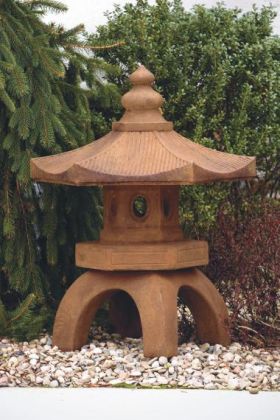

Cleaning up dead plant material and clearing weeds will go a long way in keeping your plants healthy. Diseases:Ĭan be susceptible to disease, and younger plants are more affected. Keep plants and surrounding areas dry to help deter them. Rarely bothered by pests, but aphids, snails or slugs may be attracted to them.

Dig the plant up and divide into wedges, making sure to get some new budding areas within each section. For taller varieties, division is the easiest and is best done in early spring.Sedums can be reproduced by division, cuttings, or seed. Water newly planted sedums daily for the first couple of weeks. Wait until the soil is completely dry in-between watering. Water weekly from spring through fall, and may require more in extremely hot weather or if planted in a container. Chemical fertilizers tend to cause stretching and flopping on taller varieties. However, if needed, apply an organic fertilizer at half-strength during the growing season or a light layer of compost. In fact, unless your soil is extremely poor, it may be best to avoid fertilizer at all. If you don’t want seedlings from these creeping varieties, the flower heads can be removed after blooming in summer. Ground cover types can be trimmed to stay within their boundaries.Deadheading sedums in fall isn’t necessary, as the flower heads provide fall and winter interest. For taller border varieties, pinch new growth in spring to promote branching and shorter growth this will help keep them from getting leggy and drooping.You can clean them up a bit after winter by removing any dead or damaged branches or foliage this will also help keep your plants healthy. Sedums are very low maintenance and pruning isn’t necessary. Overcrowding can lead to poor plant health. Taller border varieties should be planted approximately 15 inches apart to allow enough room for their mature size. Don’t plant too closely to aggressive growers that might take their space before they have a chance to mature.įor ground cover varieties to fill in quicker and form a dense mat, plant a little closer together, but not touching. They tend to be slow growers, so allow them time and space to spread out. The planting hole should be the same depth as the pot.

Well-drained soil, and most prefer slightly acidic conditions with a soil pH of 6 to 6.5. They can be grown in rocky or sandy soil, hillsides, raised beds, or in containers as long as the soil drains well. Where to plant:Ĭheck the light requirements of the variety you are planting. Spring, summer, and fall are all good times to plant, just not on overly hot days. Learn more about Proven Accents® Lemon Coral® Sedum When to plant: Such as the popular houseplant donkey’s tail, also called burro’s or lamb’s tail.Well suited for ground cover, rock walls, roof gardens, living walls, tucked into strawberry pots, or draping over the edges of containers or hanging baskets.Often grown for their colorful foliage that comes in shades of blue, plum, red, purple, silver, gray-green, orange, coral, yellow, gold, green, or variegated.Produce clusters of brilliant, star-shaped flowers in summer.A layer of winter mulch recommended in zones 4 and 5.In colder climates, they may die back to a rosette at ground level in winter.Dried flowerheads on upright sedums add interest in fall and winter.New varieties have leaves in shades of copper, dusky mauve, and dark purple.Provide late-summer color with both flowers and foliage.Dense, domed flowers and succulent leaves on 1- to 2-foot stems.Tall border varieties ( Hylotelephium or Sedum telephium)


 0 kommentar(er)
0 kommentar(er)
